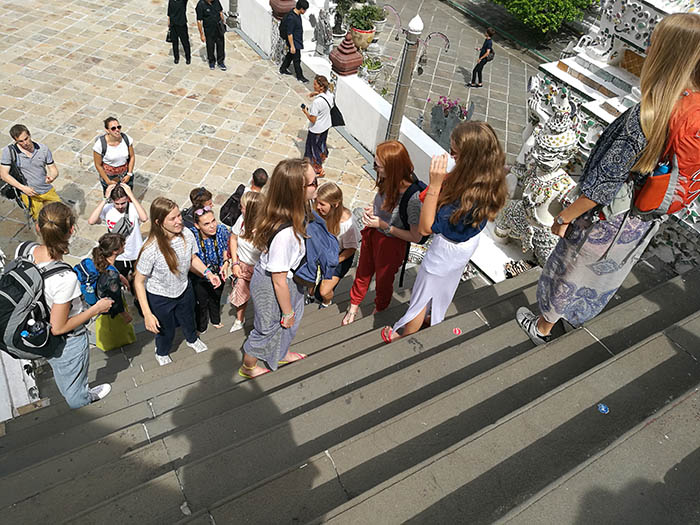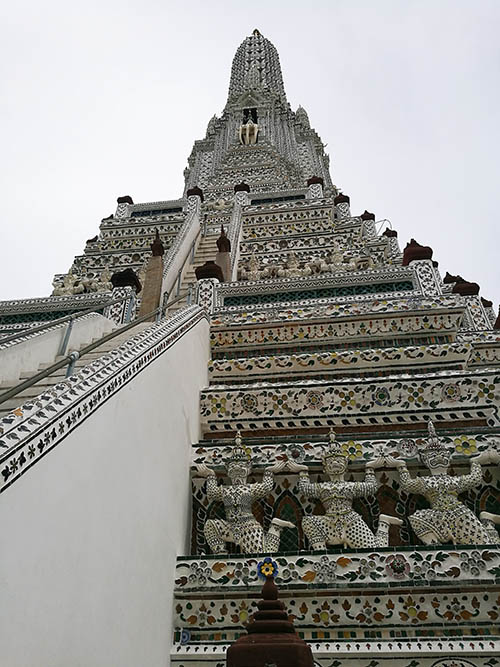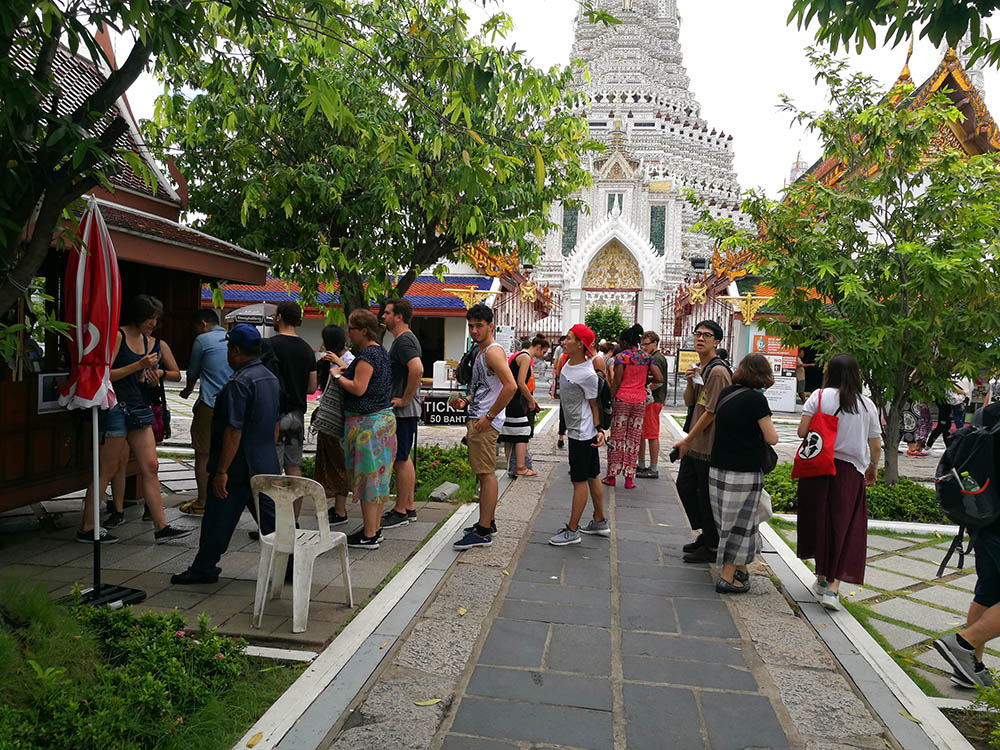BANGKOK — Nopparat Petchchai has watched over the Temple of Dawn for over two decades.
The 50-year-old security guard from Uttaradit province, who keeps a close eye on the throngs of mostly Western tourists, said he’s heard the years-long restoration effort of one of Thailand’s most iconic landmarks became controversial once the public got a look at it.
Trained and untrained eyes alike have given mixed marks to the restoration work by the government Fine Arts Department, with many saying it has lost its charm and is too white and bright.
One of the chief complaints is that the porcelain tiles familiar to generations for lending a textured look have all been removed.
Taking a reporter for a tour Thursday to defend the restoration work, Nopparat pointed to remnants of old tiles mixed in with the new ones to dispel the notion all the old pieces were removed.
“They kept what they could. They didn’t change it all. The paint is new, so it looks white,” the guard said, adding that he things the quality of the restoration could have been neater and more detailed.
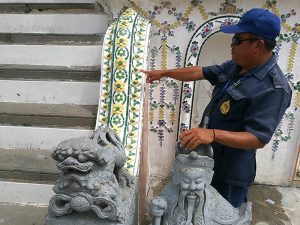
By an unscientific appraisal, it looked like one-fifth to one-third of the old tiles had been removed.
Among Thursday’s visitors was Bangkok resident Vasant Horsakul. Vasant likes the overall job as it looks cleaner now. He said however that the site has lost its “sacred charm.”
As for its more brilliant appearance, time and humidity should help. The guard predicts it will take five years or so before the structure’s new-paint gleam fades and it returns to its former greyish cast when seen from afar.
“I think it’s nice now. Some say it’s too white or doesn’t look old, and I get that,” said the man who’s been keeping watch over the stupa longer than anyone around today.
The temple, which at its center was once the tallest point in Bangkok, sees 3,000 visitors on average every day.
Chatri Prakitnonthakan, an associate professor of architecture at Silpakorn University has visited the site several times, most recently on Tuesday.
He said the Fine Arts Department was technically right to stick to the original plans the Temple of Dawn, but the restoration work was not up to old standards.
As for reusing the tile, decay meant some could no longer be used, he said.
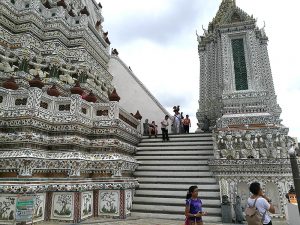
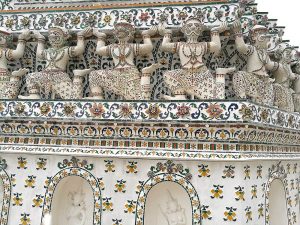
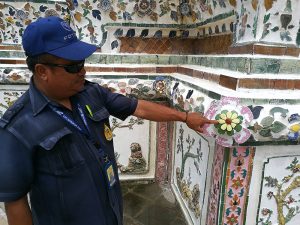
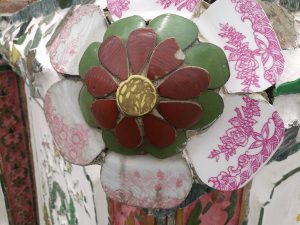
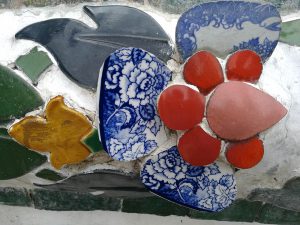
“Their intentions were okay. I don’t think all the old tiles have been removed. They tried to preserve as many old tiles as possible. Say if there were 100,000 tiles, I don’t think all have been removed. As to how many percentage of the old tiles were replaced, you’d have to ask the Fine Arts Department.”
Lost, he agreed, was the three-dimensional appearance caused by the rough and irregular shaped porcelain pieces famously drawn from the ejected ballast of Chinese trading ships.
“The work was not up to standards,” Chatri said. “It doesn’t have that dimensional depth.”
Replacing tiles has been routine to two centuries of renovations, the lecturer and preservation advocate said.
Chatri said the public must understand that only the temple’s base existed prior to the 19th century.
During the reign of Rama II (1809 to 1824), a restoration and rebuild of the temple into what it is today was initiated. Its original central stupa (prang, actually, for its Khmer origin) was raised higher, though only the base was completed until the reign of his successor Rama III between 1824 and 1851. That’s when the broken Chinese porcelain tiles were used.
Chatri said several major renovations have been carried out since, including one during the reign of Rama V (1868 to 1910) and again before Bangkok’s bicentennial in 1980. This, Chatri argues, means people can’t entirely lament the loss of the “original” tiles since no one knows how many remained from the Rama III era or were added in later renovations.
Chatri suggests the Fine Arts Department should organize a seminar on the restoration work to educate the public. He said concerns about changes in the temple’s appearance are understandable, and the public has the right to question and debate how the renovation was conducted.
